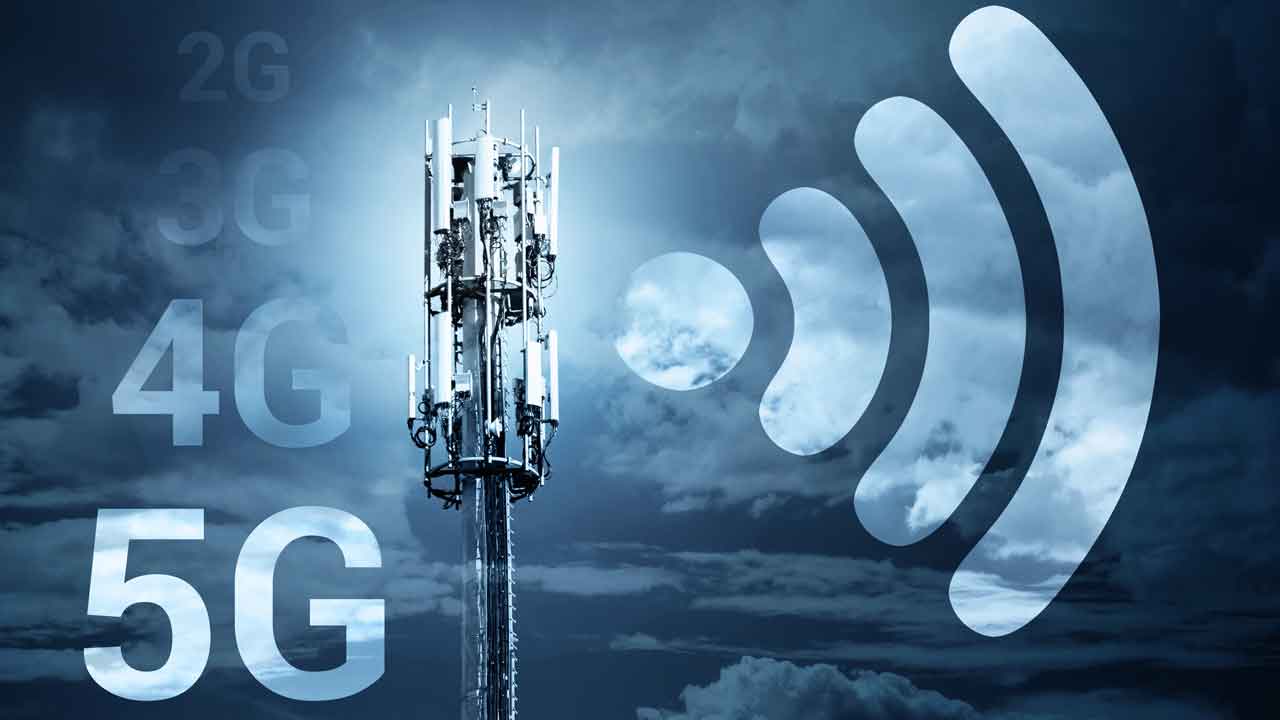The year 2020 was the period of ardently anticipated fifth-generation mobile telecom technology and expected to be a game-changer in mobile networking. It will be able to get us exponentially fast download and upload speeds.
South Korea was the first country to offer 5G back in 2018 and it is fair to say that the industry has made unbelievable advances since then. The first mobile phone was made in 1973 and today they shape our lives in unimaginable ways. More and more countries will adopt the technology this year and the internet is set to drive everything in our lives.
So, where did it all begin? The year was 1983 and the US approved the 1G operations. Motorola introduced the first-ever mobile phone for the 1G Network. With time, 1G started to roll out in other countries such as the UK and Canada. Let us be honest, the service was poor and the sound quality was low.
However, the advent of the second generation of mobile networks (2G) started a cultural revolution. For the first time, the calls were encrypted and the sound quality was much better. People were able to send text messages and multimedia messages (MMS) through their phones. This lead to the mass adoption of mobile phones by businesses and domestic consumers alike.

We did not stop there. The notion deeply embedded in the human race that entails striving for more and never being content with what you have, played a vital role. We came up with 3G. This was a significant event in human history. The 3G network had increased data transferring capabilities and paved the way for seamless video conferencing and video streaming. Blackberry supported the 3G revolution with its phones that had many powerful features. There was no stopping and we eventually developed more advanced 4G and 5G technologies.
Internet Services like CenturyLink internet are aiming for wider distribution of fiber internet that would be conveniently delivering gigabit speeds, just enough to suit the residential customers since 5G mobile data, no matter how fast it is, can still face interferences but fiber internet will be there to stay even under bad weather conditions.
What are the key differences between 4G and 5G?
Reliability
We have already discussed that the 5G network uses a high-band spectrum. Therefore, all the big cities and urban centers will have those massive speeds and low latency but in areas where the high-band spectrum is not available, the connection will not be reliable.
In cities where 5G is deployed, it can be a little difficult to stay connected to the 5G internet. For now, your smart device will be using a mix of 4G and 5G. If you are close to the tower, your device will access ultra-fast speeds. If you are not, your device will be using the same old 4G.
Speed
We are all in for ultra-fast speeds and download speed is a highly anticipated element of this next-generation network. 5G is set to raise our expectations even more. Right now, it is seen to be 100 times faster than 4G. What could you possibly do with these speeds?
How about downloading a 2.5-hour film in less than 15 seconds? Yes, with 5G that is possible. This ultra-fast internet has obvious applications such as online gaming, 4K streaming, and downloading large files over the internet. However, there are endless possibilities people do not talk of. For example, it can be as simple as putting security cameras in a big factory and one may be able to get high-quality footage of the product in real-time.
As the 5G network operates on a high-band spectrum, it is interesting to know that these higher frequencies can transmit much more data than 4G. However, as fast as the signals may be, they remain susceptible to even the slightest of barriers. Expect a significant reduction in speeds as the weather conditions and physical objects will give these signals a hard time passing.
However, by installing small cell sites at shorter distances, we will be able to tackle this issue.
Bandwidth
Network congestion is a big problem as more and more people demand access to the internet. You might have experienced a suffocating feeling in small areas crowded with many people – a stadium or an airport. We call it the spinning wheel of death causing the websites and pages to load slowly.
This is because of a phenomenon called congestion. It happens if too many people are using the network at one time or the present network infrastructure cannot cater to the mass number of devices. This results in slower download speeds and a delayed response.
5G is a new technology and since the purpose of new technology is to overcome the shortcomings of the previous one, it provides a solution to network congestion. This next generation of networking has a significantly larger capacity than 4G. As a result, you will be entitled to a better connection on your phone even in the most crowded spaces. Furthermore, it will handle a greater number of devices without any congestion.
5G is like a freeway with more lanes for cars to drive on. Therefore, everything will be connected to the 5G network at one time without worrying about disconnection or lags in speed.
In short, We have a long way to go. We are not there yet. It will probably take another couple of years for 5G to be as ubiquitous as the widely available fourth-generation network a.k.a 4G. However, it is good that we are taking baby steps into the future.

